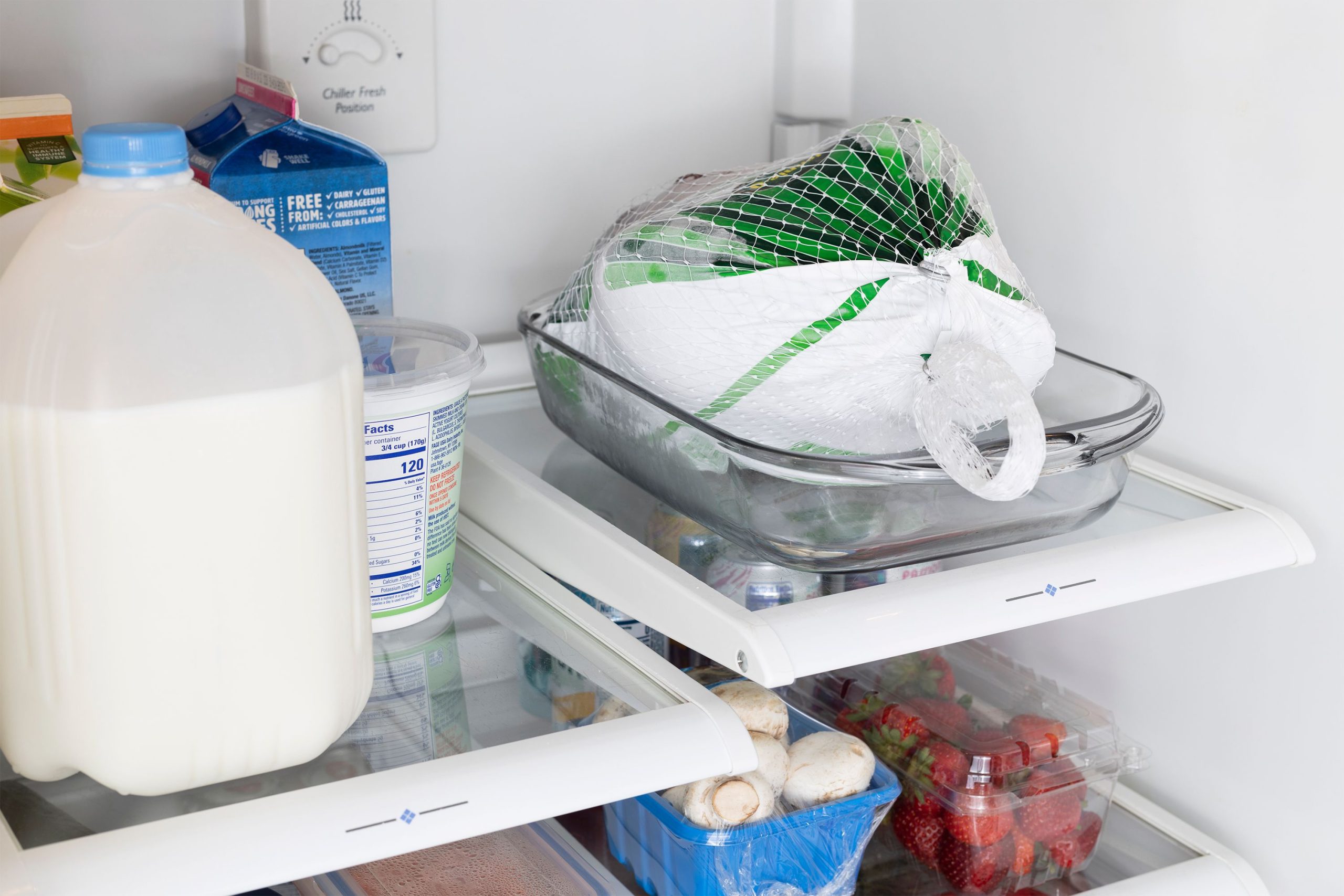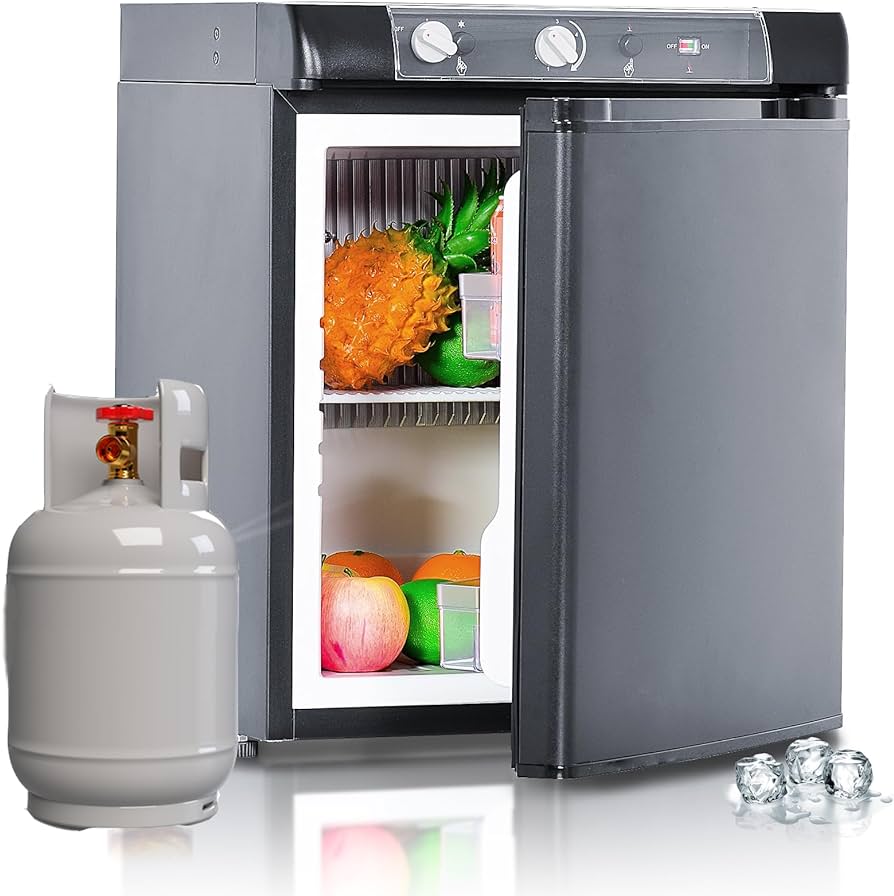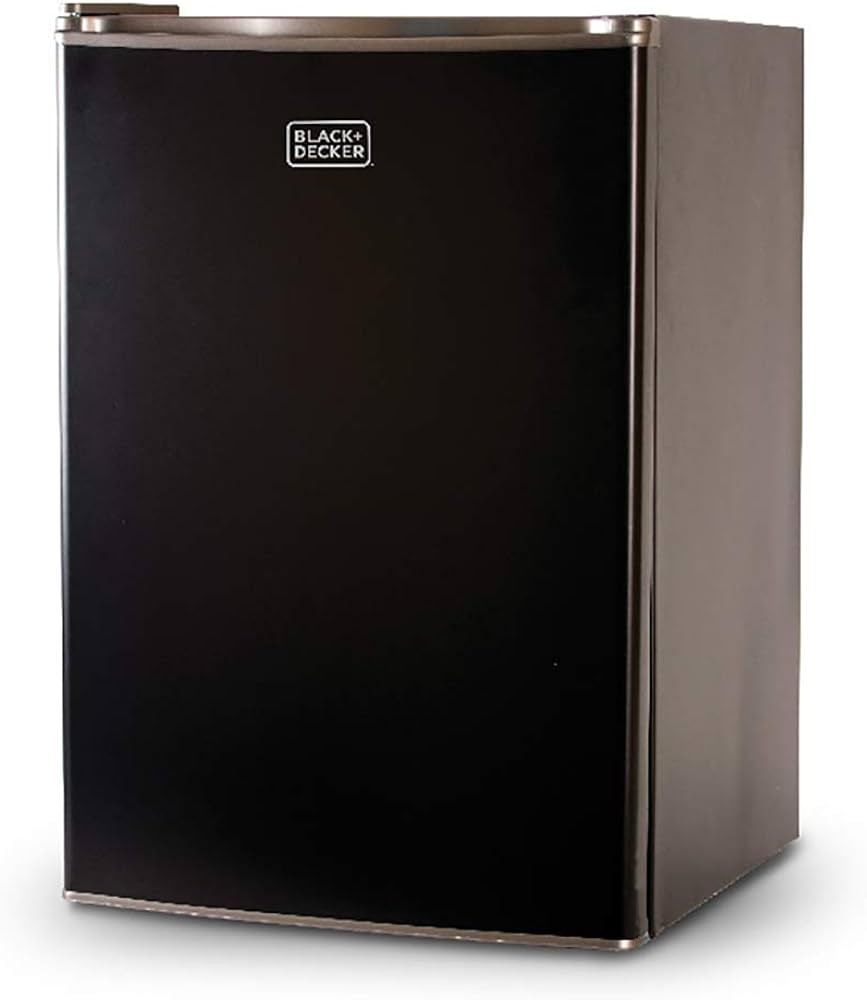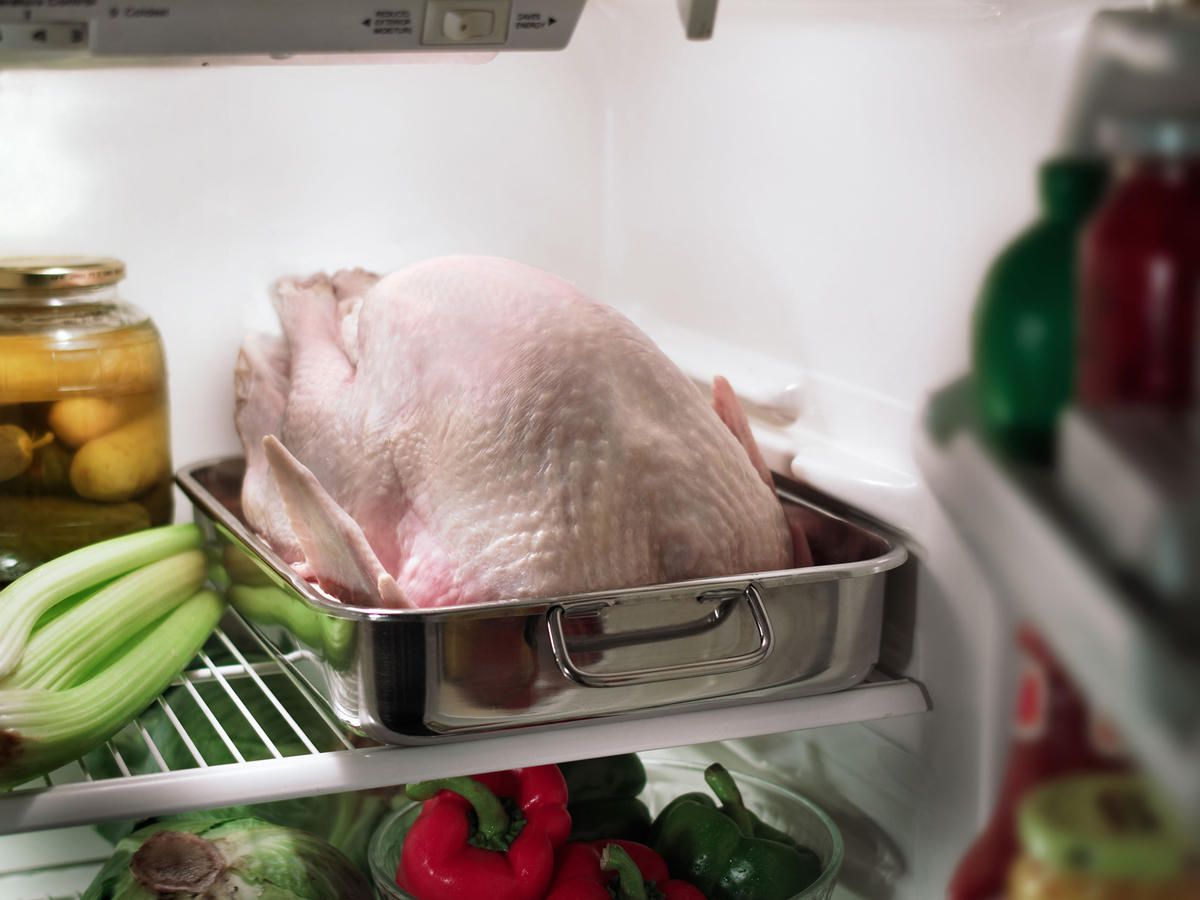Introduction:
Fresh turkey is a centerpiece for many festive gatherings, particularly during holidays like Thanksgiving and Christmas. To ensure it stays safe and delicious, proper storage is essential. This comprehensive guide delves into the detailed aspects of storing a fresh turkey in the refrigerator, covering how long you can keep it, how to store it properly, signs of spoilage, and additional tips for maintaining its quality.

How Long Can You Keep a Fresh Turkey in the Refrigerator?
Recommended Storage Time for Fresh Turkey
Fresh turkey should be stored in the refrigerator and consumed within a specific timeframe to ensure its safety and quality.
Standard Storage Time: According to the USDA, you can keep a fresh turkey in the refrigerator for 1 to 2 days. This short window helps to limit bacterial growth and preserves the turkey’s quality.
Purchasing Timelines: It’s best to purchase a fresh turkey as close to your planned cooking day as possible. Doing so minimizes the time the turkey spends in your refrigerator, reducing the risk of spoilage.
Important Factors Affecting Storage Duration
Several factors can influence how long a fresh turkey remains safe to eat in the refrigerator. Understanding these factors helps you better manage its storage.
Refrigerator Temperature: Maintaining a constant refrigerator temperature of 40°F (4°C) or below is crucial. Higher temperatures can accelerate bacterial growth, reducing the turkey’s safe storage period.
Packaging Integrity: The packaging plays a crucial role in preserving the turkey’s freshness. Ensure the original packaging is intact and free from leaks. If the packaging is damaged, consider rewrapping the turkey in heavy-duty aluminum foil or placing it in a leak-proof plastic bag.
Size of the Turkey: The storage duration can also be influenced by the size of the turkey. Larger turkeys may have areas that take longer to cool, potentially becoming a breeding ground for bacteria if not stored properly.
Refrigerator Organization: Ensure proper airflow around the turkey by avoiding overcrowding in the refrigerator. Proper air circulation helps maintain an even temperature, crucial for food safety.

Proper Storage Methods for Fresh Turkey
Storing your fresh turkey correctly in the refrigerator ensures it remains safe and maintains its quality until you’re ready to cook it.
Keep It Cold: Place the turkey in the coldest part of your refrigerator. Typically, this is the back of the bottom shelf, where temperatures are the most consistent and coldest.
Original Packaging: Keep the turkey in its original packaging until you’re ready to prepare it. The packaging is designed to maintain freshness and prevent contamination from other foods in the refrigerator.
Secondary Containment: To prevent any potential cross-contamination, place the turkey on a tray or in a shallow pan. This catches any drips and prevents the spread of bacteria to other items in the fridge.
Avoid Frequent Handling: Minimize how often you handle the turkey while it’s in storage. Frequent handling increases the risk of introducing bacteria and affecting the integrity of the packaging.
Signs Your Fresh Turkey Has Spoiled
Identifying spoilage signs in your turkey is crucial to prevent foodborne illness. Always check for these signs before cooking.
Unpleasant Odor: A strong, sour, or foul odor is a clear sign that the turkey has spoiled. Fresh turkey has a slight odor, but it should not be overpowering or unpleasant.
Discoloration: Check the turkey’s skin for any unusual discoloration. Spoiled turkey might have a grey, greenish, or excessively dark appearance. Fresh turkey should have a light pink hue.
Slimy Texture: Feel the surface of the turkey; it should be moist but not slimy. A slimy texture indicates bacterial growth, and the turkey should not be consumed.
Excessive Liquid: While some liquid in the packaging is normal, an excess amount of blood or other fluids can be a sign of spoilage. Discard the turkey if you notice a significant amount of liquid.
Expiry Date: Always check the turkey’s expiration date. Even if it looks and smells acceptable, do not consume beyond the recommended storage period as a precaution.

Preparing to Cook the Turkey
Proper preparation practices help ensure your turkey remains safe to eat and enhances its flavor.
Thawing Frozen Turkey: If you need to thaw a frozen turkey, plan ahead. The safest way is to thaw it in the refrigerator, allowing 24 hours for every 4 to 5 pounds of turkey. Keep the turkey in its original packaging and place it in a tray to catch drips.
Avoid Room Temperature Thawing: Never thaw your fresh or frozen turkey at room temperature. Bacteria can grow rapidly in the outer layers while the inside remains frozen. Use the refrigerator method or cold water method if you need a quicker thaw, ensuring you change the water every 30 minutes.
Brining: To enhance the flavor and moisture of your turkey, consider brining. Prepare a brine solution and submerge the turkey, keeping it refrigerated throughout the brining process. Follow the brining time recommendations based on the turkey’s weight.
Seasoning: Before cooking, season the turkey according to your recipe. Seasoning a few hours in advance can improve flavor absorption. Keep the turkey refrigerated during this period.
Stuffing: If you plan to stuff your turkey, prepare the stuffing separately and add it just before cooking. This practice ensures even cooking and reduces the risk of bacterial growth.
Cooking Your Turkey Safely
Cooking your turkey properly ensures that it reaches a safe internal temperature, killing any potential bacteria.
Oven Temperature: Preheat your oven to at least 325°F (165°C). This temperature ensures the turkey cooks evenly and reaches a safe internal temperature.
Use a Thermometer: A meat thermometer is essential for ensuring your turkey is cooked thoroughly. Insert the thermometer into the thickest part of the thigh, without touching the bone. The turkey is safe to eat when the internal temperature reaches 165°F (74°C).
Allow for Resting: After cooking, let the turkey rest for about 20 minutes before carving. This time allows the juices to redistribute, making the turkey more succulent and easier to carve.
Check All Parts: Ensure all parts of the turkey, including the stuffing (if used) and joints, reach the safe temperature of 165°F (74°C). Uneven cooking can leave parts undercooked, posing a risk.

Storing Leftover Turkey
Proper management of leftover turkey is essential to prevent spoilage and foodborne illness.
Cool Quickly: After the meal, cool any leftovers rapidly. Divide the turkey into small portions and place them in shallow containers to promote quick cooling.
Refrigerate Promptly: Store leftovers in the refrigerator within two hours of cooking. Use airtight containers to maintain moisture and prevent contamination.
Label and Date: Label the containers with the date they were stored. This helps you keep track of how long the leftovers have been in the refrigerator.
Use Within Four Days: Consume leftover turkey within 3 to 4 days. For longer storage, freeze the portions, where they can be safe for up to 2 to 6 months.
Reheat Thoroughly: When reheating leftovers, ensure they reach an internal temperature of 165°F (74°C) to kill any potential bacteria.
Freezing Fresh Turkey for Longer Storage
If you need to store your turkey for an extended period, freezing is a viable option that maintains its quality.
Prepare for Freezing: Before freezing, rinse the fresh turkey under cool running water and pat dry with paper towels. This step removes any contaminants and prepares the turkey for safe freezing.
Wrap Properly: Wrap the turkey tightly in heavy-duty aluminum foil or freezer-safe plastic wrap. Overwrap this with a freezer bag or plastic freezer-safe container to prevent freezer burn.
Label and Date: Clearly label and date the wrapped turkey before placing it in the freezer. This helps you monitor how long it has been stored and ensures you use it within the recommended timeframe.
Freezing Time Frame: Fresh turkey can be safely stored in the freezer for up to 6 months. For best quality, use the turkey within this period to ensure optimal taste and texture.
Thaw Safely: When ready to use, thaw the frozen turkey in the refrigerator, allowing adequate time based on its weight. This slow thaw method ensures the turkey remains within a safe temperature range throughout the process.
Meal Planning Tips
Effective meal planning can help you purchase and store your turkey efficiently.
Purchase Timing: Plan your purchase so that the fresh turkey is bought 1 to 2 days before you intend to cook it. This minimizes storage time in the refrigerator and ensures maximum freshness.
Calculate Portions: Estimate the amount of turkey needed based on the number of guests. General guidelines suggest 1 to 1.5 pounds of turkey per person, which helps avoid excessive leftovers.
Diversify Dishes: Plan to use leftovers in different dishes to ensure none goes to waste. Think about recipes such as turkey sandwiches, soups, casseroles, and salads for variety.
Food Safety Practices: Incorporate food safety practices such as using separate cutting boards for raw turkey and other foods, washing hands and surfaces frequently, and ensuring proper cooking and storage temperatures.

Environmental Considerations
Proper management of turkey storage and leftovers also has environmental benefits.
Reduce Waste: By purchasing the right amount of turkey and properly storing leftovers, you can significantly reduce food waste. Every bit of turkey that is safely consumed instead of discarded helps in this effort.
Sustainable Choices: Consider purchasing turkeys from sustainable and ethical sources. This supports environmentally friendly farming practices and reduces overall environmental impact.
Reuse and Recycle: Use reusable containers and bags for storing turkey and leftovers. This reduces single-use plastic waste and promotes eco-friendly habits in your kitchen.
Energy Efficiency: Keeping your refrigerator at the optimal temperature helps it run efficiently, conserving energy and reducing your carbon footprint.
Composting: If some parts of the turkey cannot be used, like bones after making stock, consider composting them if appropriate for your composting system. This reduces waste and benefits your garden.
Conclusion
Fresh turkey can be kept in the refrigerator for up to 1 to 2 days, provided it is stored correctly to maintain safety and quality. Factors such as refrigerator temperature, packaging, and proper handling play significant roles in preserving turkey. Always check for spoilage signs before cooking, and employ proper cooking and storage techniques to ensure the turkey remains safe to eat. By following these guidelines and incorporating efficient meal planning and environmental practices, you can enjoy your fresh turkey safely and responsibly.
